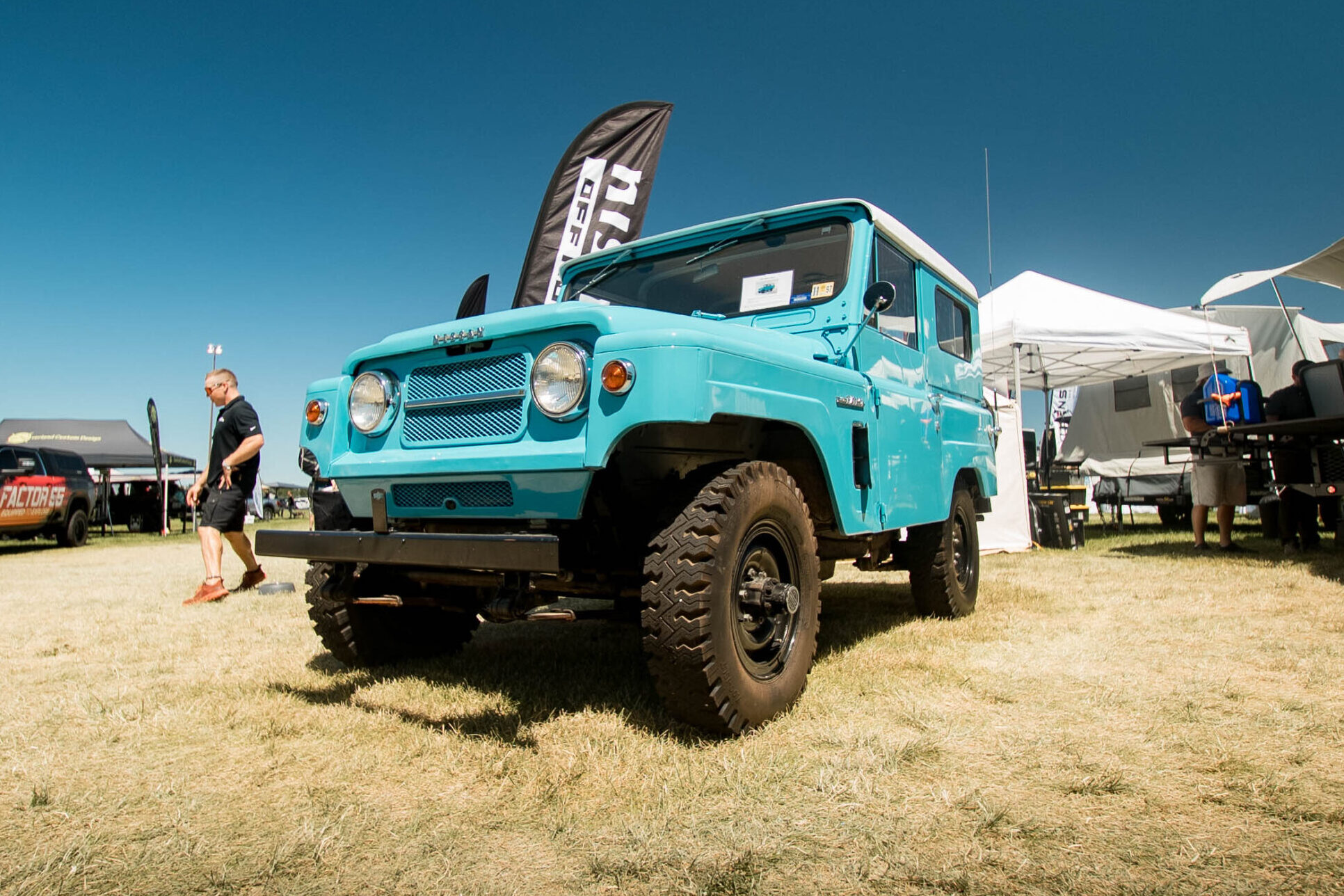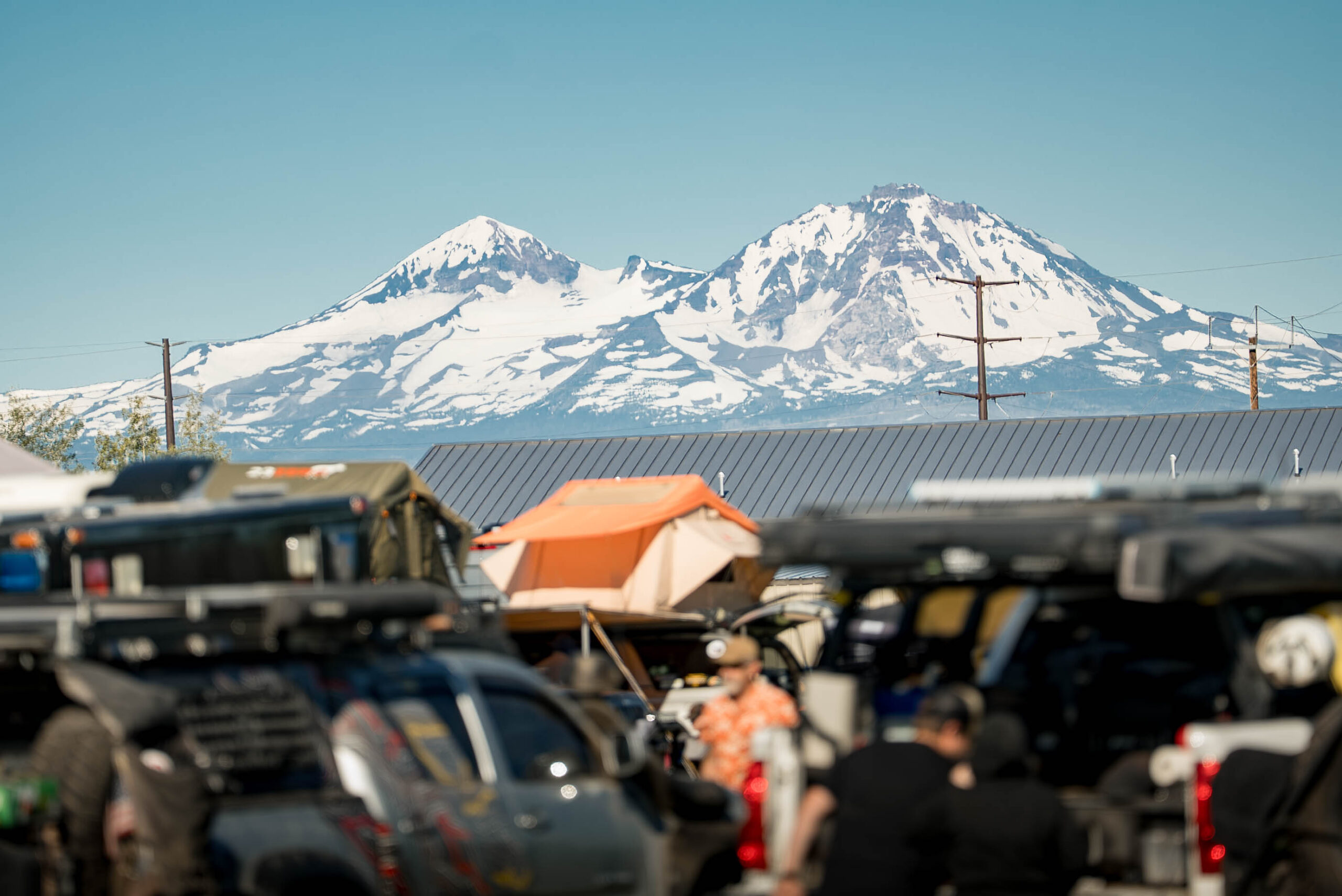If there is one piece of camp gear that I have grown attached to over two years of full-time travel in our van, it is our cast-iron skillet.
My memories of camping as a child would not be complete without the smells and sounds of my father cooking his infamous bacon, egg, and potato scramble on the open fire in our family cast-iron skillet. The specific skillet that has earned a permanent home in our camp kitchen is a Wagner #8 dating back to somewhere in the 1930s that was eventually handed down to my wife Rachael from her grandmother, whose mother likely used it to prepare many meals in their rural Oklahoma farmhouse.
Rachael’s extended family was made up of truly tough people. They purchased this cast-iron pan when they were still operating their farm without indoor plumbing during the Dust Bowl. When we first broke the news to Rachael’s grandmother, now 90 years old, that we were leaving our suburban life of comfort to travel in a vehicle indefinitely, her response was that, as much as she loves to travel, she would never go back to living without indoor plumbing.

Photo: Okienomads
We have found that cooking with cast-iron is extremely easy. We simply start a fire and wait for coals to begin forming. Once the coals are hot, I create a stack of rocks away from the main fire to rest my pan on. Once the “oven” is created, I carefully shuffle some coals between the rocks and place the pan on top. If using a Dutch oven, be sure to save enough coals to place on your lid. For more heat-intensive cooking, like searing steaks, you can use direct heat from an open fire to achieve the temperature you are looking for.
We often gravitate toward gear that is lighter and more efficient and the cast-iron skillet is certainly not that piece of kit. Cooking on and caring for cast-iron takes time and effort, but it is also cathartic in a way. For me, the purpose of traveling by vehicle is to slow down and soak in the culture, nature, and people of any given destination and how better to do that than over an open fire with a skillet that has stories to tell. Each discoloration and flaw in our skillet tell a story of a time over a campfire when our steaks got a little too hot because we were distracted by the scenery around camp or the countless times that I have tried to flip a fried egg before it had released because I was excited to get out of the rig and set off on a new adventure.

Photo: Okienomads
To avoid the mess, we take the following steps to season our cast-iron skillet and make it much more enjoyable to use down the road:
1. Strip all of the previous seasoning from the skillet using steel wool or your oven’s self-cleaning cycle.
2. Once splotchy and gray, pour a quarter-sized portion of Flax Seed Oil (buy the good organic stuff that requires refrigeration) into the pan and coat all sides with a paper towel, use tongues if the pan is still hot.
3. Use a fresh paper towel to remove all but a thin layer of oil from your pan and place the pan in a cold oven upside-down.
4. Turn your oven to 500°F/260°C and allow the pan to preheat with the oven. Set the timer for 1 hour.
5. After the hour has passed, turn off the heat but leave the pan in the oven with the door closed.
6. After two hours of cooling, remove your pan from the oven and repeat the process five or six times depending on the condition of your pan before starting (steps 2-6 only).
A well-seasoned cast-iron will be nearly as non-stick as the Teflon cookware from the store, but with many additional benefits. First, cast-iron cookware is tough and the one-piece design means that it can bounce around in your chuck box with no chance of being damaged. Cast-iron is also much thicker than a standard fry pan and will retain heat long after it is removed from the coals. Nothing is better after a long day on the trail than a chocolate brownie baked in cast-iron. An added bonus to cooking with cast-iron cookware is that each meal will have a tiny amount of iron cooked in.

Photo: Okienomads
Our cast-iron pan will not be following us on a backpacking trip or a multi-day kayak expedition. And there are areas in our vehicle where we can trim weight and be more efficient, but quality cookware is not one of them. We will continue to lug our cast-iron pan to every campfire in hope that we can hear other traveler’s stories and add those memories to our already well-seasoned cast-iron pan.
Header image credit: @okienomads


